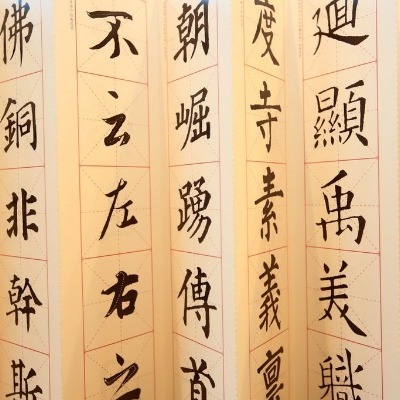
The total number of characters present in the Chinese language differs according to the sources, although the majority tends towards an estimate between 50,000 and 60,000. The number may seem frightening, but there is no need to know such a quantity of characters in everyday life, a few thousand are amply sufficient to be able to read 99% of the writings.
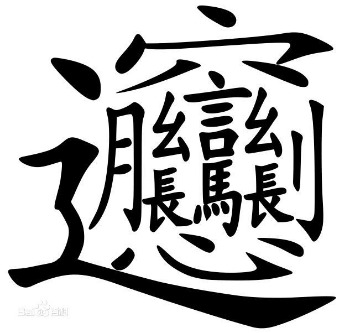
But among all these characters still in use, one invariably attracts attention, due to its complexity and the number of its features. The award goes to the "biáng" character (which is a type of noodles) with 57 lines (笔画,bǐ huà)! Its complexity is such that it is impossible to write it from a keyboard, neither to find it in the dictionary. Yet, you can see this character in a lot of local restaurants in the province of Shaanxi.
The “biáng” character can’t be typed on a computer or smart-phone. It doesn’t exist in the dictionary, and Chinese people actually don’t need to know the writing since it is rarely used.
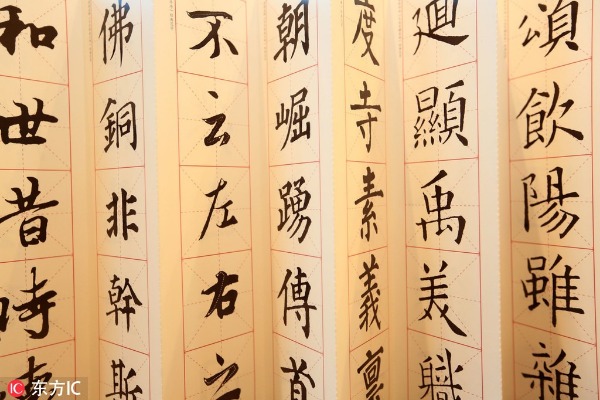
However, there are some traditional Chinese characters (繁体字,fán tǐ zì) which are often used by local people and they are a real pain in the neck. Below are 6 traditional often-used characters which are annoying to write:
1.憂鬱

憂鬱 (yōu yù, 忧郁 in simplified Chinese) describes the feeling of being depressed, heavy-hearted. Learning how to write it can actually make you depressed.
Nǐ wèi shén me jīn tiān kàn qǐ lái hěn yōu yù?
你为什么今天看起来很忧郁?
Why do you seem so depressed today?
2.鑰匙
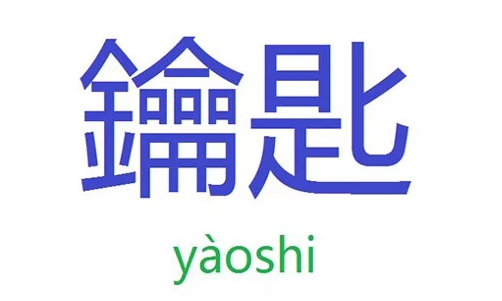
“Key”, such a simple word to write in English, however, it is quite the opposite in Chinese. 鑰匙 (yào shi, 钥匙 in simplified Chinese) can be a burden to write for people from Taiwan, Hong Kong or Macao.
Nǐ de yà shi zài zhuō zi shàng.
你的钥匙在桌子上。
Your keys are on the table.
3.烏龜
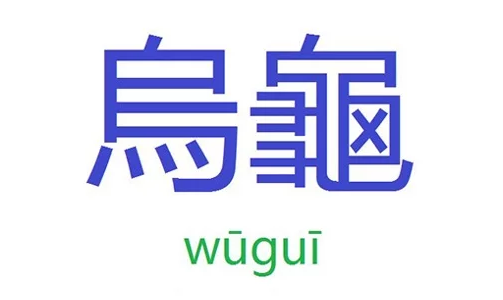
烏龜 (wū guī, 乌龟 in simplified), meaning turtle, is well known to be extremely complicated to write. Also, the order of the strokes for 龜 is really particular. Though some people can still write this character, most of them can’t actually have the order of the strokes correct.
Yǒu yī zhǐ wū guī zài shuǐ lǐ yóu yǒng.
有一只乌龟在水里游泳。
There is a turtle swimming in the water.
4.辭職

辭職 (cízhí, 辞职 in simplified), means resign. If someone decides to leave the company, they will have to hand in a resignation letter, leading them to write this word.
Tā men bī pò tā cí zhí.
他们逼迫他辞职。
They forced him to resign.
5.膠囊
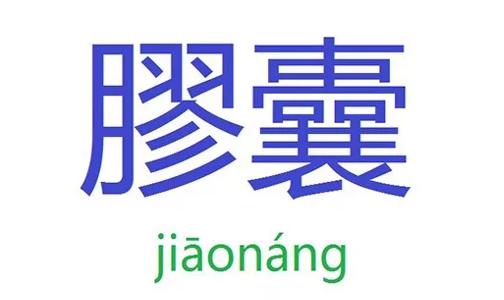
膠囊 (jiāo náng, 胶囊 in simplified), means capsule (the one you take when you are sick). You can see that 囊 doesn’t change in simplified Chinese.
Wǒ gǎn mào le, suǒ yǐ chī le liǎng kē jiāo náng.
我感冒了,所以吃了两颗胶囊。(Simplified)
I caught a cold, so I ate two capsules.
6.繩子

繩子 (shéng zi, 绳子 in simplified) means rope. The character 繩 is a bit similar to 龜, and local people also struggle to have the order of the strokes correct.
Chuán fū zhǎo bù dào shéng zi le.
船夫找不到绳子了。
The boatman cannot find the rope.
Writing is actually not as hard as it seems. The reason why Chinese students are good at writing is because they practice it every day at school and when doing homework. If people continue to write after graduating, they will be less likely to make mistakes or forget characters when writing them.
Source: Tutorming.com
If you have any problems with this article, please contact us at app@chinadaily.com.cn and we'll immediately get back to you.